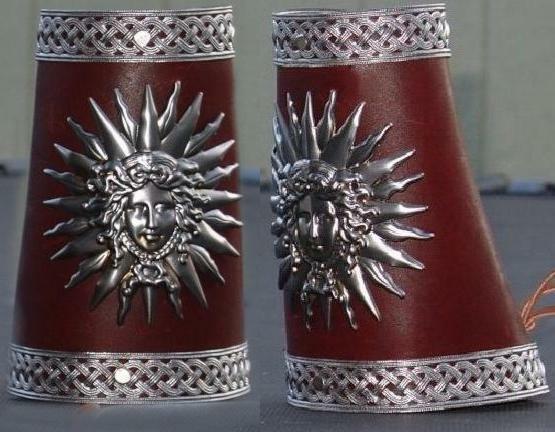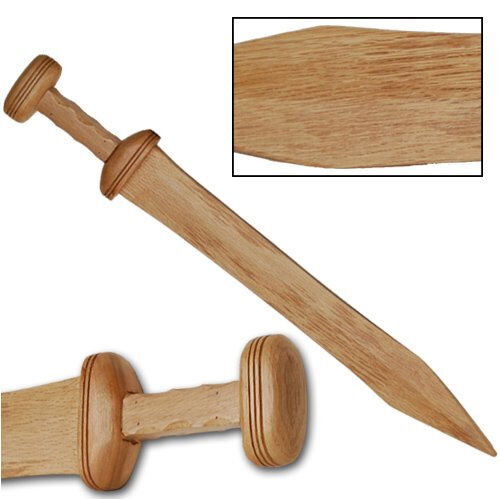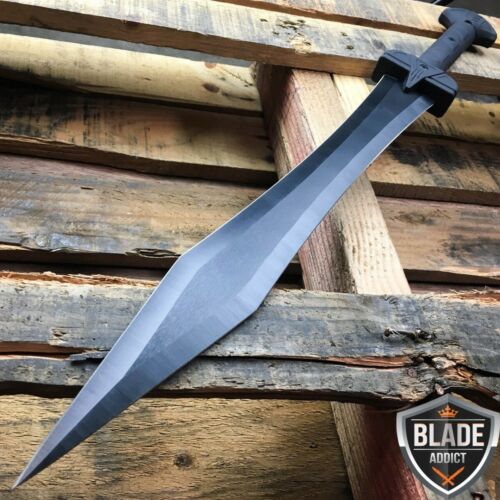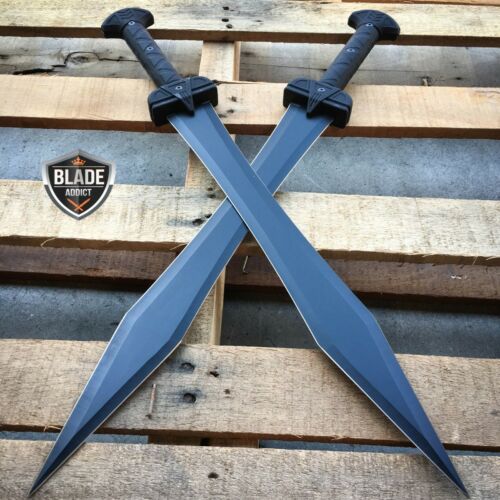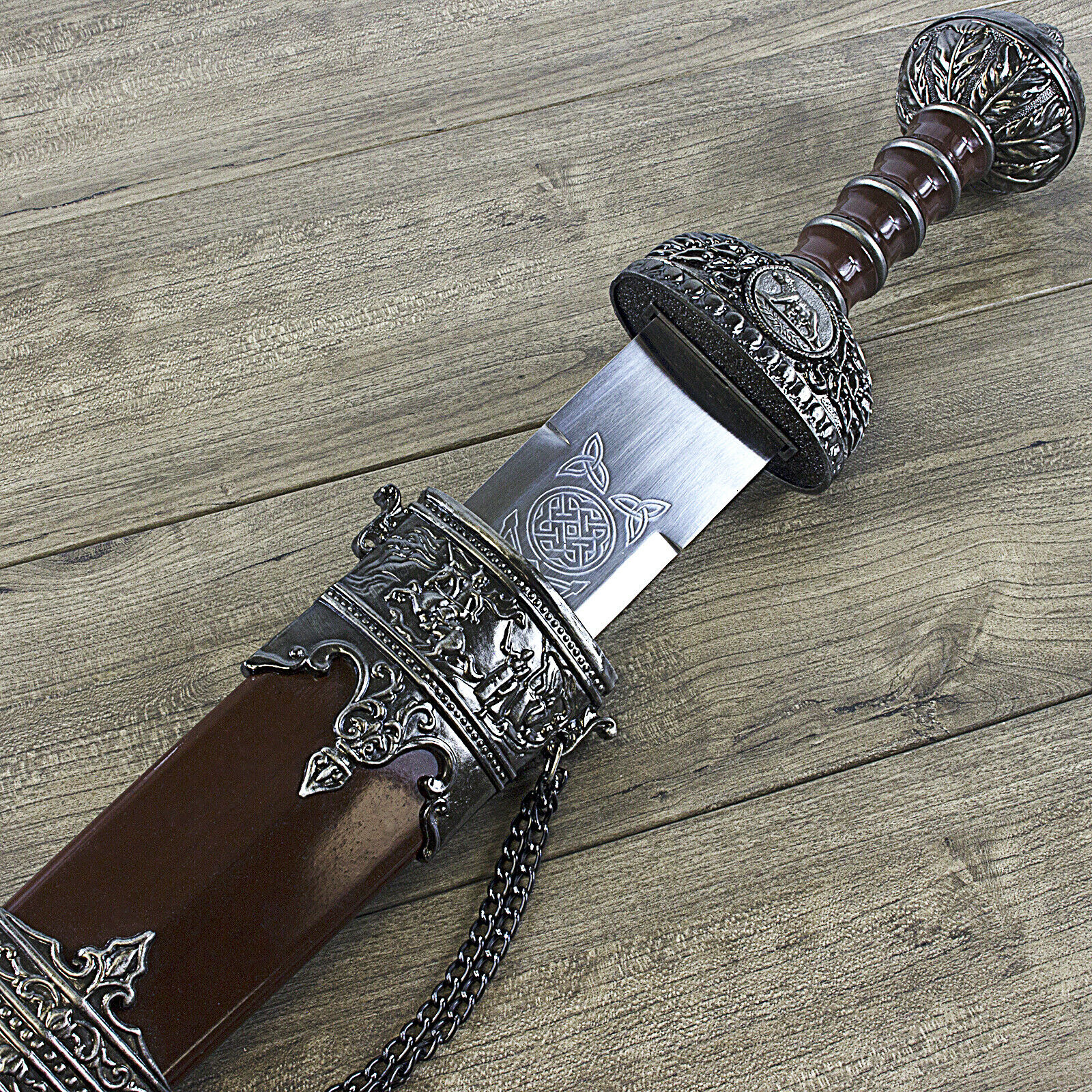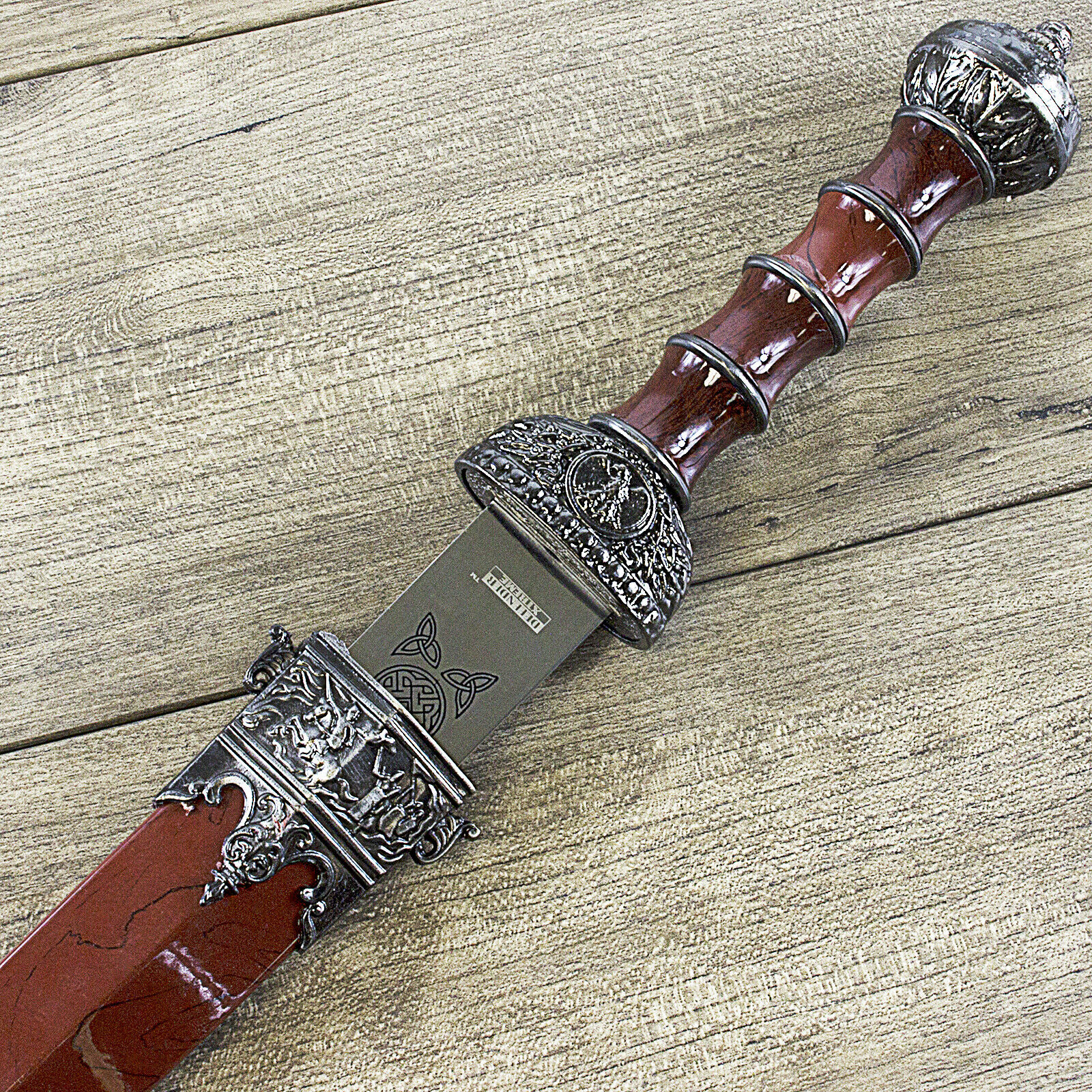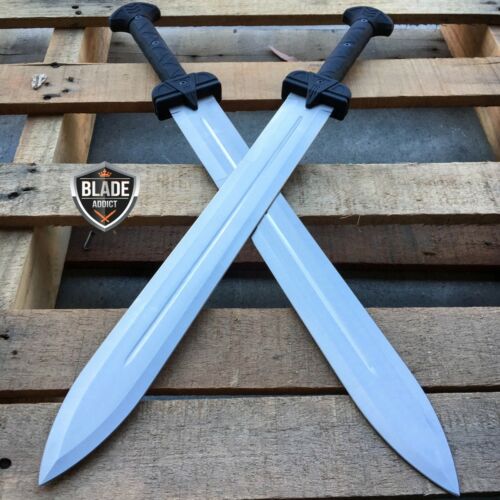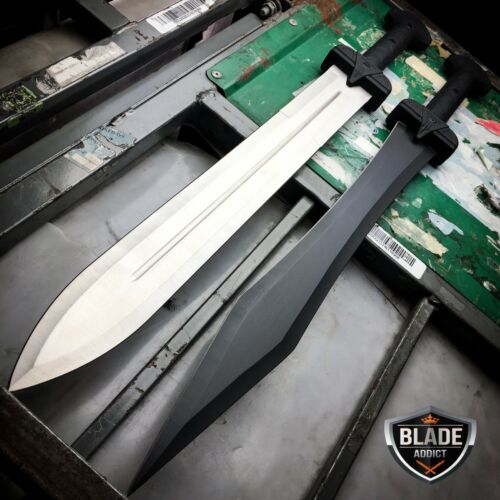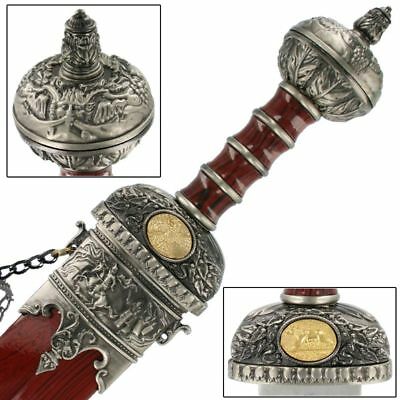-40%
Greek Roman Medusa arm bracers bracer wrist guards Gladiator armor archery
$ 99.79
- Description
- Size Guide
Description
Greek Roman Medusa (Nemesis for Gladiators and Roman Generals) arm bracers or bracer wrist guards are made in 100% leather and 100% iron decorations. They are used as an armor (armour) to protect the forearm and are unusually 7 1/4 inches long to 7 1/2 inches long and lace up the back with leather as well. They can come in a variety of ways. These bracers are not pre-made or kept in stock. They are 100% hand made and they are only made when they are purchased. The image of Medusa was used by the ancient warriors a whole lot in ancient times. Most likely due to the superstition of an enemy seeing it and turning his head if he was a superstitious fellow. Any advantage on the battle field was an advantage. The radiate crown can also stand for the god Sol Invictus or the Invincible Sun or "Unconquered Sun". The Emperor Diocletion made a decree in the third century AD that Sol and Mithras were to be worshipped as the same god and most legionaries worshipped Mithras is a fact. Sol is depicted on many Roman coins as a radiate crown perturbing from the Emperors forehead or having a round glowing orb around their head as well which many later Christians copied on depictions of the cross. Sunday morning worship actually has it's roots as Roman soldiers rose to greet and cheer the rising Sun. This one fact along helped the legions of Vespasian defeat the legions of Vitellius at the second battle of Cremona who were startled by the cheers of the eastern legions in 69AD and thought reinforcements had arrived for them after an all night very bloody battle. This image of this exact same face with two tiny wings coming out the top of the head is also interpreted as the Roman God Nemesis, of which we also know was the favorite God of Roman Generals. More then not, Nemesis is the God most usually seen at the top of a Roman officer's breastplate but is misinterpreted to be that of another God. Nemesis was the spirit of divine retribution against those who succumb to hubris (arrogance before the gods).Pax-Nemesis
was worshipped on occasion at Rome by victorious generals, and in imperial times was the patroness of gladiators and of the
venatores
, who fought in the arena with wild beasts, and was one of the tutelary deities of the drilling-ground (
Nemesis campestris
). Sometimes, but rarely, seen on imperial coinage, mainly under Claudius and Hadrian. In the third century AD there is evidence of the belief in an all-powerful
Nemesis-Fortuna
. She was worshipped by a society called Hadrian's freedmen. The poet Mesomedes wrote a hymn to Nemesis in the early second century AD, where he addressed her
Nemesis, winged balancer of life,
dark-faced goddess, daughter of Justice,
and mentioned her "adamantine bridles" that restrain "the frivolous insolences of mortals."
In early times the representations of Nemesis resembled Aphrodite, who sometimes bears the epithet Nemesis.
